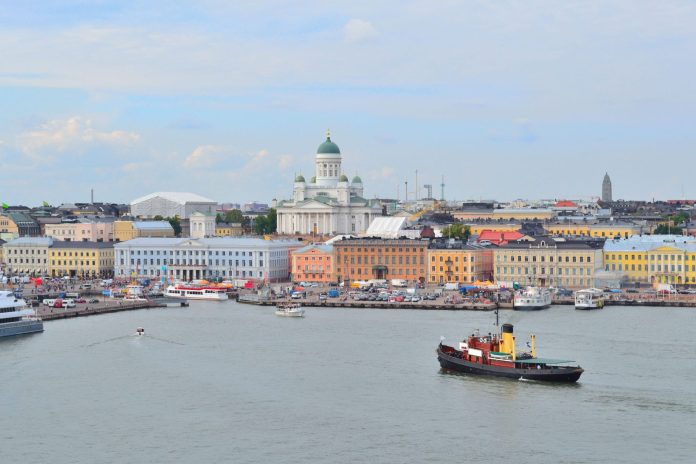To improve the quality of life in urban areas, many cities are attempting to harness the power of the internet of things (IoT) to combat crime, increase efficiency, drive economic growth and improve accessibility, according to Nokia. The company offers a wide range of smart city applications which are fueled by the firm’s Impact IoT platform.
One of the vendor’s smart city applications is smart parking. One of the inefficiencies associated with city driving is finding a parking spot. In fact, a traffic study completed in San Francisco, California, reported that 30% of all congestion in that city is caused by frustrated drivers, looking for a place to park their car, Nokia said.
The Nokia IoT smart parking application provides a solution that is integrated with existing parking space sensors (and/or video cameras). Drivers are directed to the closest available parking space and then are provided with a cashless payment system. Additional value added services can also be offered, such as car wash and repair services.
The Nokia IoT smart parking solution includes a mobile application (available on both the iOS and Android operating systems), which provides drivers with real-time parking availability and functionality that allows for booking, rebooking, cashless payment and receipt generation; a management dashboard to monitor the status of individual parking lots, including occupancy rates and vehicles with expired tickets; analytics functionality, with details on parking trends like utilization/occupancy rates, demand, violations and enforcement requirements; and integration with the Nokia Impact IoT Platform, which provides data collection and management, integration into existing wireless networks, and device management for parking space sensors.
Nokia also offers cities smart lighting solutions. The Nokia IoT smart lighting solution provides energy monitoring and dynamic control capabilities.
The solution includes a management dashboard to monitor individual street lights, showing the location of each light on a map, as well as each light’s status; configuration settings, allowing for remote control of each light’s operation, luminosity level (for LED lights) and the name of each light point as well as analytics functionality, with details on the energy consumption of each street light. Nokia’s IoT smart lighting application can be also integrated with the Nokia Impact IoT Platform.
Nokia’s Intelligent Management Platform for All Connected Things (IMPACT) offers a standards-based and simplified IoT platform on which to build and scale new IoT services, according to the company. The platform is mainly oriented to service providers, enterprises and governments. It manages data collection, event processing, device management, data contextualization, data analytics and applications enablement for any device, any protocol and across any application. Nokia’s IMPACT also features multi-layered security across the platform to safeguard data, identities and devices. The platform was initially launched in June 2016.
In May 2017, Nokia joined the ‘Smart Tampere’ initiative, which aims to create a smart city project in Tampere, Finland. The ‘Smart Tampere’ project includes local companies, non-governmental organizations, local government and citizens exploring how digital technologies can be implemented in areas such as smart mobility, e-health, smart lighting, smart energy, extended user experience and more.
Nokia said that Smart Tampere is a city-wide economic policy intended to create a living lab in which technology solutions can be explored, tested and ultimately deployed to improve the lives of citizens and make the city more attractive to businesses and visitors. The project aims to create a fully smart city by 2030, the vendor added.
Nokia said it will provide its expertise in key technologies in areas such as 5G and the internet of things (IoT).

